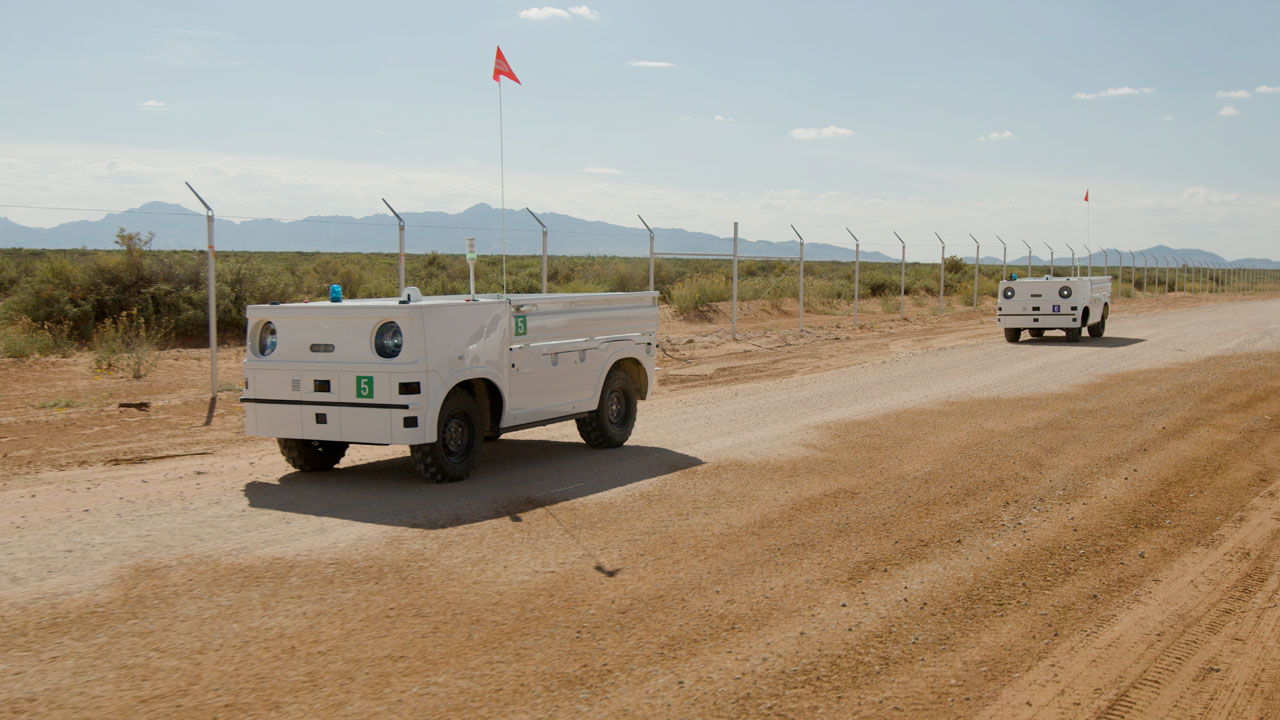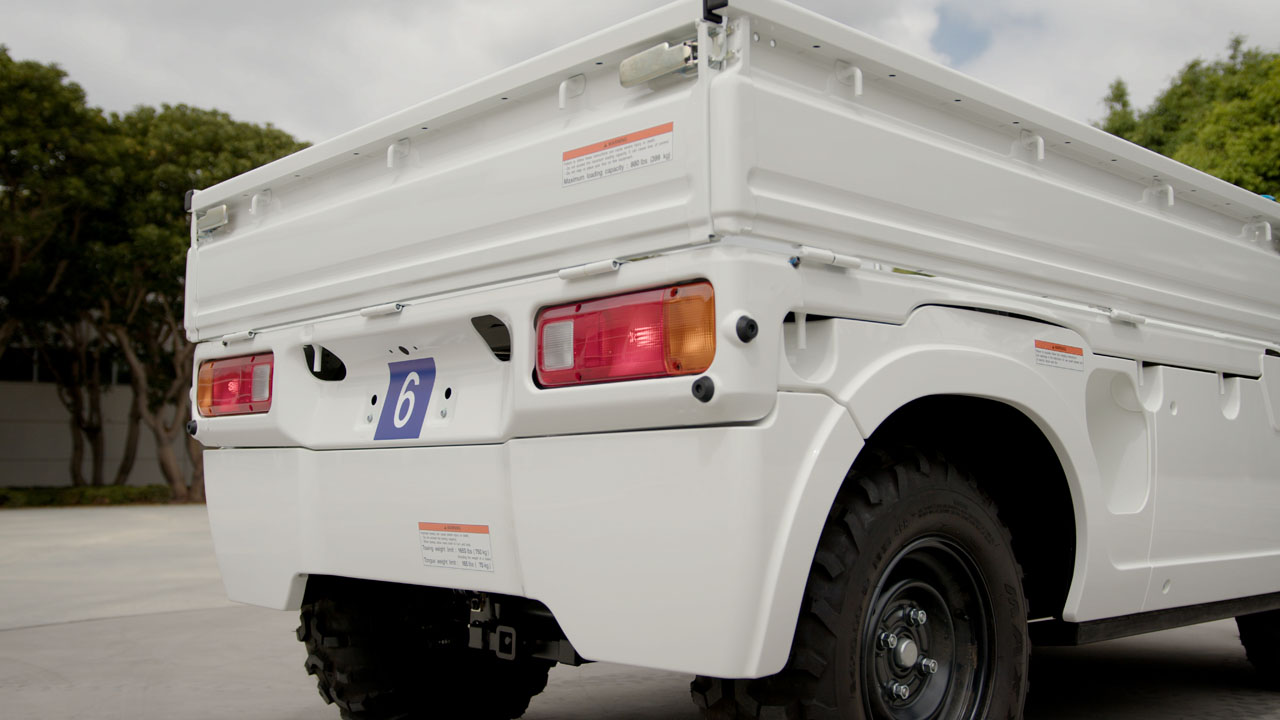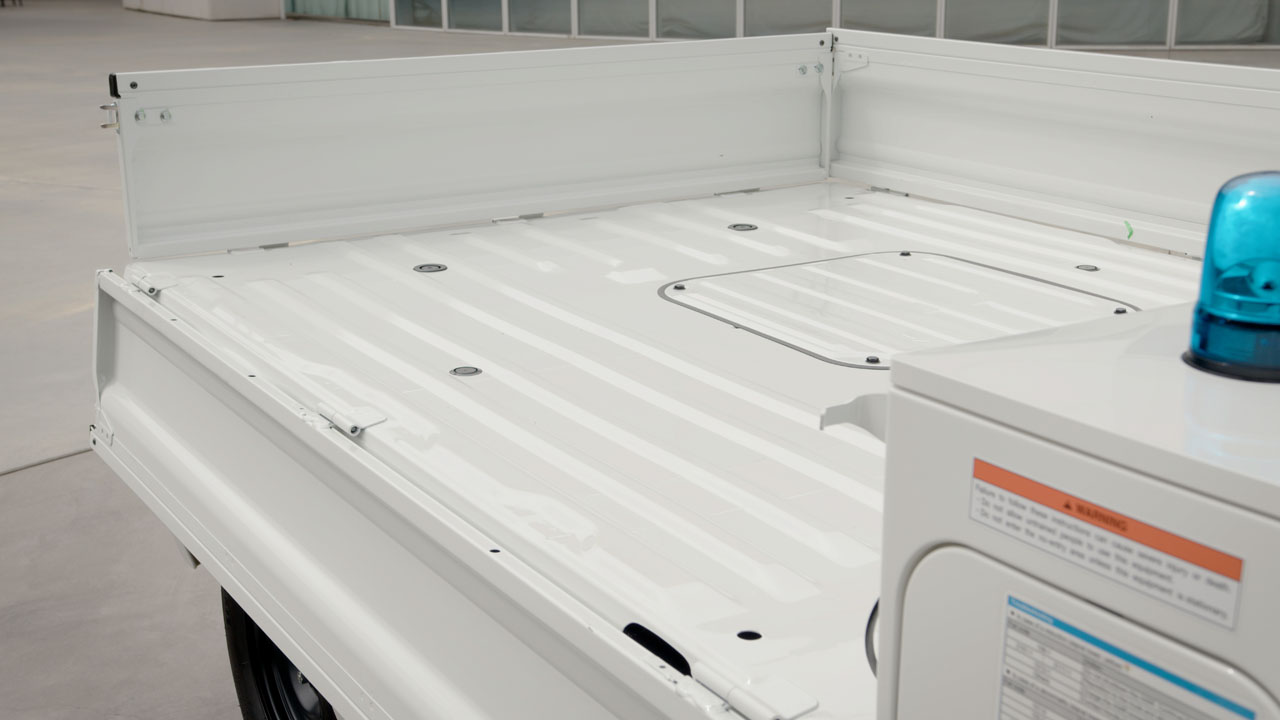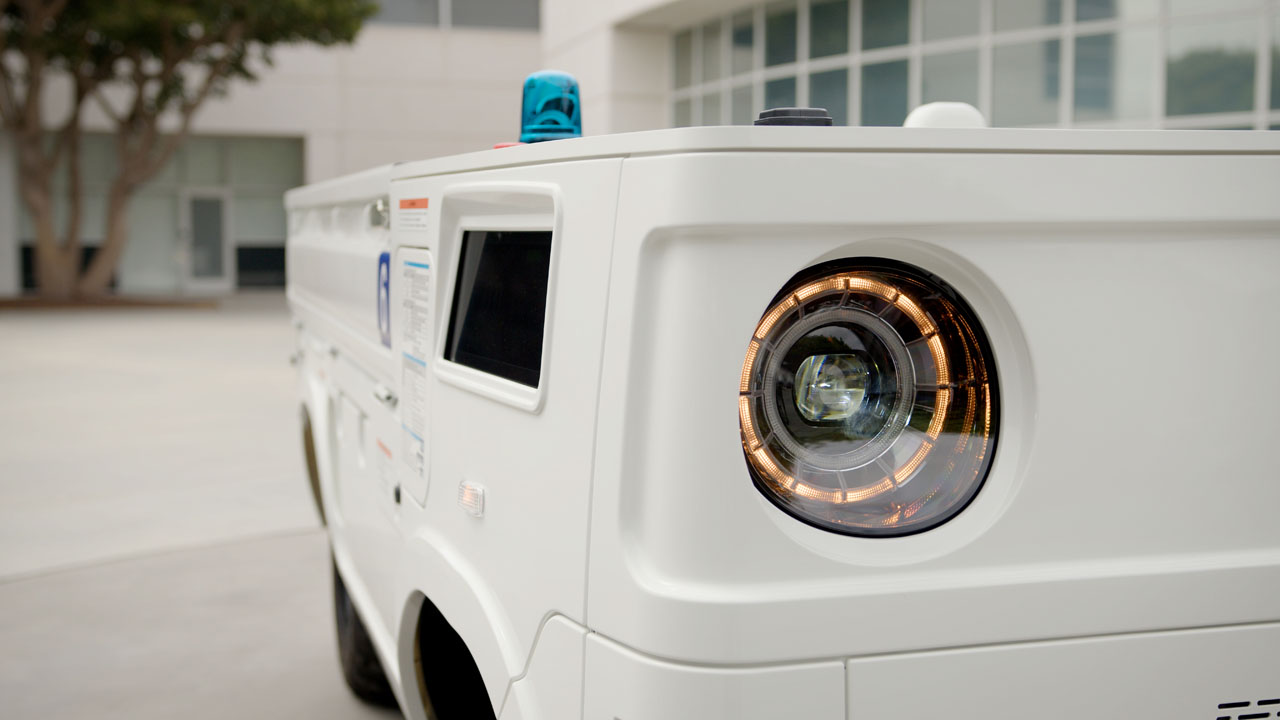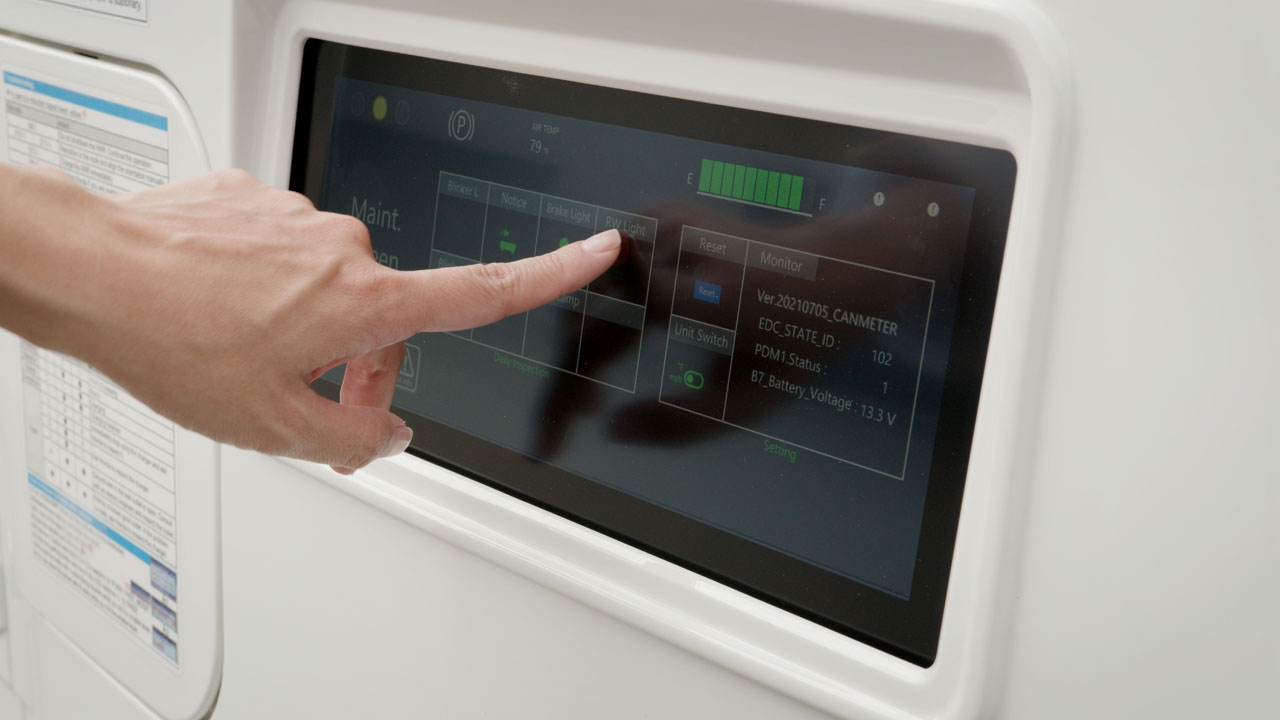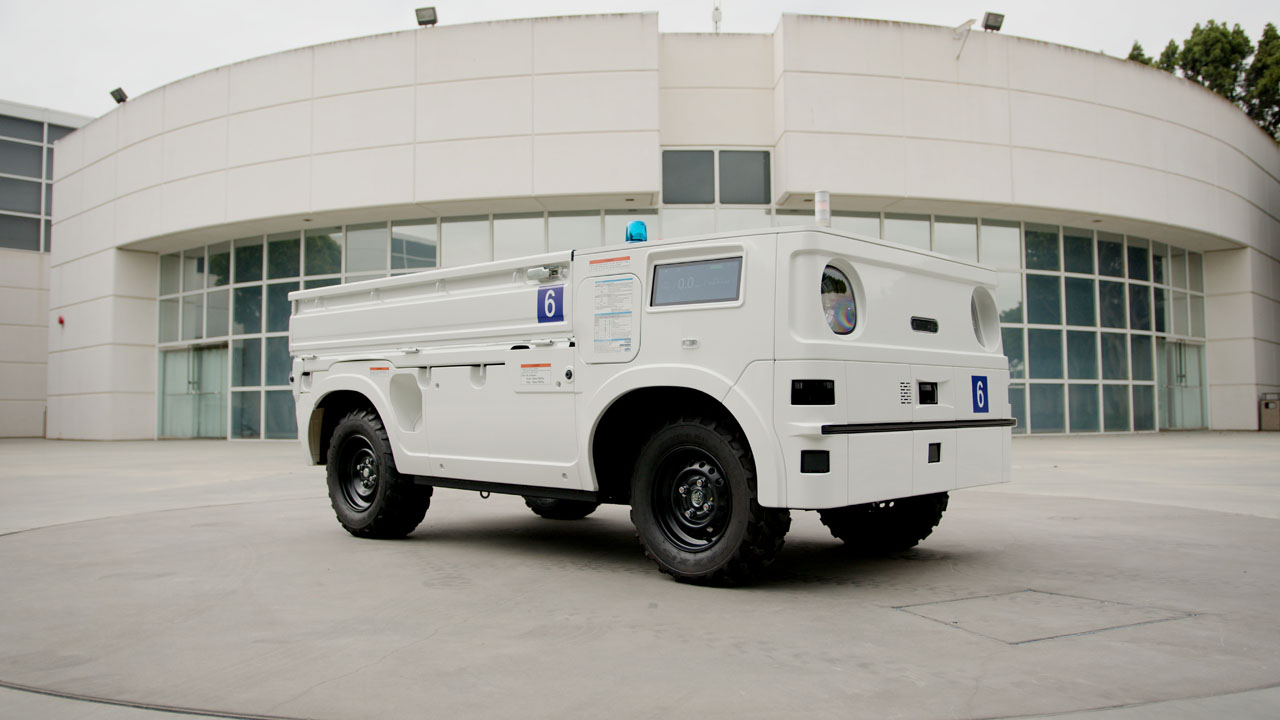Honda Autonomous Work Vehicles went to work at a solar construction site
Honda has announced that it has teamed up with construction firm Black & Veatch to test its second-generation prototype Honda Autonomous Work Vehicles (AWV). The autonomous vehicle is working at a large-scale solar energy construction site and has successfully performed a range of functions. The construction company is operating Honda AWVs and validating the performance and suitability for use in multiple construction scenarios.
During its field testing, the second-generation prototype of the fully electric Honda AWV performed a range of functions that include towing activities and transporting construction materials, water, and other supplies to destinations on the worksite. Honda says it has previously performed tests with earlier generations of the AWV, but this field test was the first to deploy multiple units that work collaboratively in a large-scale construction environment.
The Honda AWV is a rugged and durable off-road side-by-side platform using advanced autonomous technology. It utilizes a suite of sensors allowing autonomous operation, including GPS location, radar and lidar to detect obstacles, and stereoscopic 3D cameras to allow remote monitoring. For instances where autonomous use isn't ideal, the vehicle can also be controlled remotely.
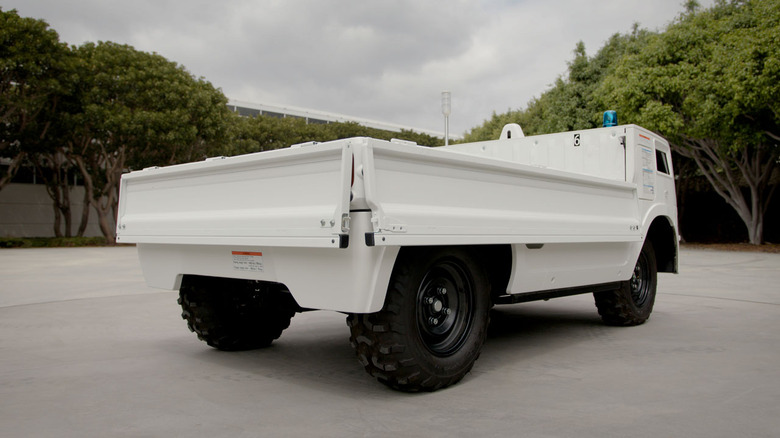
Honda engineers trained Black & Veatch personnel on operation and safety protocols for the AWVs and methods for practically using them in the field. To allow the vehicles to work autonomously at the large construction site, Honda produced a high-definition map of the 1000 acre site. Using that map, operators set start and stop points for multiple AWVs using a cloud-based app interface running on tablets and PCs.
Hondas autonomous vehicles were able to deliver materials and supplies along a calculated route successfully and were able to stop within centimeters of their predetermined stop points. The company selected locations where support structures for solar panels would be placed at the construction site, which are laid out in grid patterns at regular intervals. The grid pattern layout for the site is an ideal environment for testing the capability of autonomous vehicles for precise points along the preset route.
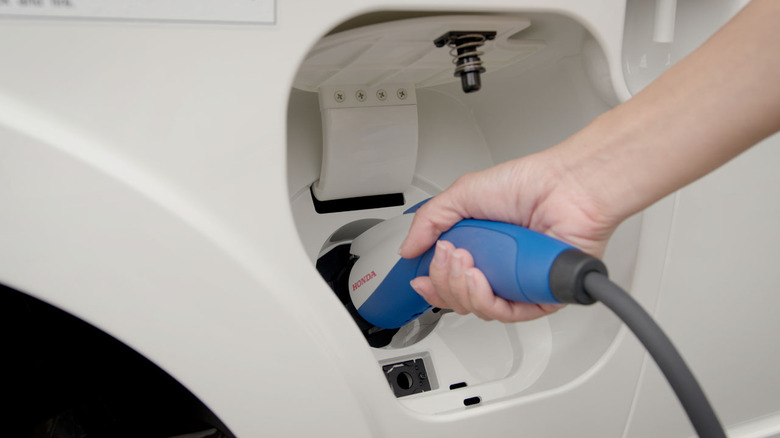
Each Honda AWV can carry most 900 pounds of payload, and in one use case, the AWV was able to tow a trailer carrying more than 1600 pounds. Honda says testing has verified that its vehicle can operate in various industries across a wide range of services, particularly those that require a rugged off-road autonomous vehicle. Vehicles also have the capability to add various attachments and tools.
Currently, Honda hasn't announced any plans to commercialize the AWV, but it is continuing field tests with various companies. The AWV is 9' 6"L x 4' 8"H x 4' 11"W. It weighs 1590 pounds unloaded. Its maximum loading capacity is 880 pounds, and it can tow 1653 pounds. It offers a minimum turning radius of 3.9 meters and has a maximum driving range when fully loaded of 27.9 miles per charge. It takes up to six hours to fully charge the vehicle.
Typically when we talk about Honda, we are talking about vehicles like the 2022 Honda Civic Si. Recently Honda confirmed the starting price for the car was $28,315, including the destination charge. That makes it about $7000 more expensive than a standard Honda Civic sedan. The car has a 1.5-liter turbo engine making 200 horsepower and 192 pounds-feet of torque. In October, Honda also announced details of its new SENSING 360 safety and driver assistance system.

